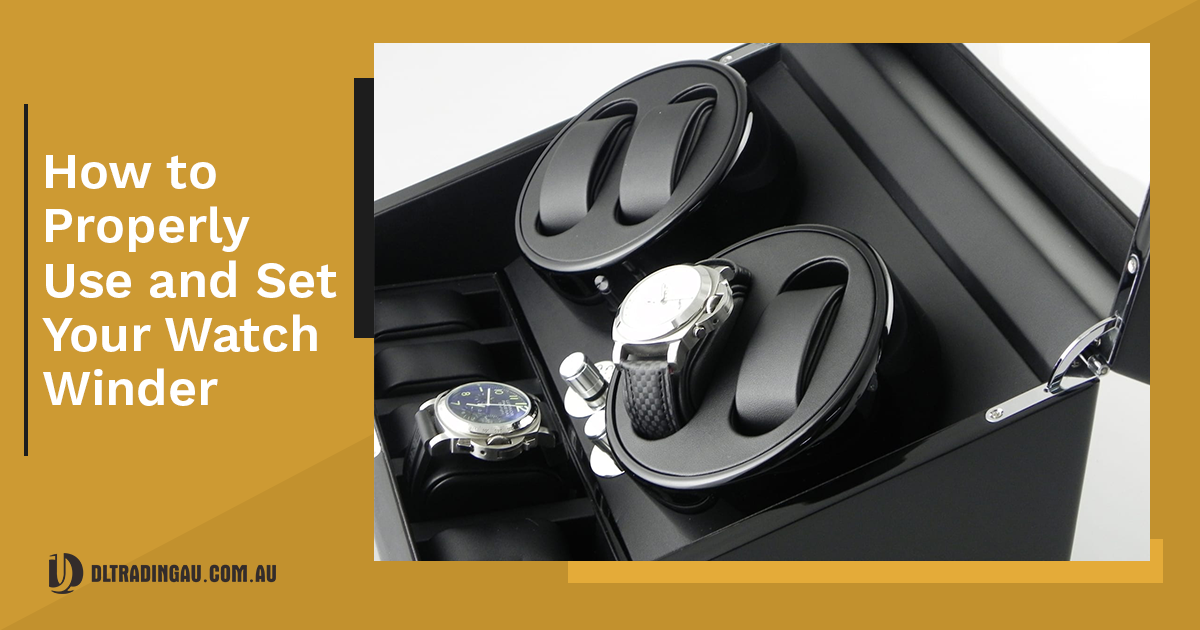
If you have an automatic watch, you probably already know that it is mostly powered by your wrist movement. The movement turns the rotor inside the watch case and this results in winding up the mainspring which stores energy and slowly feeds it into the watch movement.
But what if you leave your watch unworn for long durations of time? While most automatic watches have a reserve power between 36 to 48 hours, if it is left for any longer, it will eventually stop working and need time correcting when used the next time, which could be a hassle when you need to use it immediately.
Enter the convenience of a good, reliable watch winder.
Not only does it serve as a protective case for storage, it also functions by spinning it sporadically throughout the day, ensuring that enough energy is sent to the mainspring. You may be surprised to find that winders rotate in both opposite directions–this is because the point is not to fully wind the mainspring but simply to keep the power reserve steady. It pauses so that the watch can use up some power on its own before it rotates to top it back again.
A watch winder is especially useful when your watch has extra complications like days and months, moon phase, etc., all of which reset each time it stops working. Setting each complication each time is obviously time-consuming and a hassle on your part.
You’re all set and ready to purchase your watch winder? Here’s how you can properly use and set it!
- Set the turns per day (TPD) or how many full revolutions the winder turns in a 24-hour period. Look for the certain number that the watchmaker specifies on the manual. Be careful about this because too little TPDs and your watch doesn’t wind fully. On the other hand, too much TPDs could wear out. If you still have no idea, 650 TPD is usually a safe option.
- Set the turning direction. As mentioned above, most watches can wind in either direction. However, you should clarify this feature on the watch manual first because some watches have different specifications, like clockwise or counterclockwise.
- Turn on the winder. Be sure to check your watch periodically just to see if it’s keeping accurate time. If for some reason it isn’t, you may need to adjust the TPD or direction.
Are you considering a watch winder for your automatic watch? What features are you looking for in a watch winder?